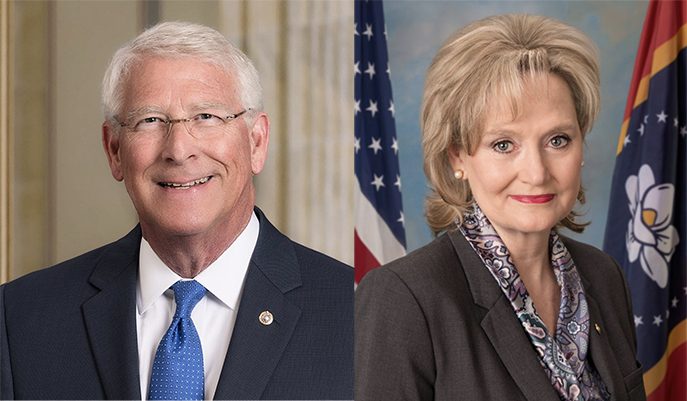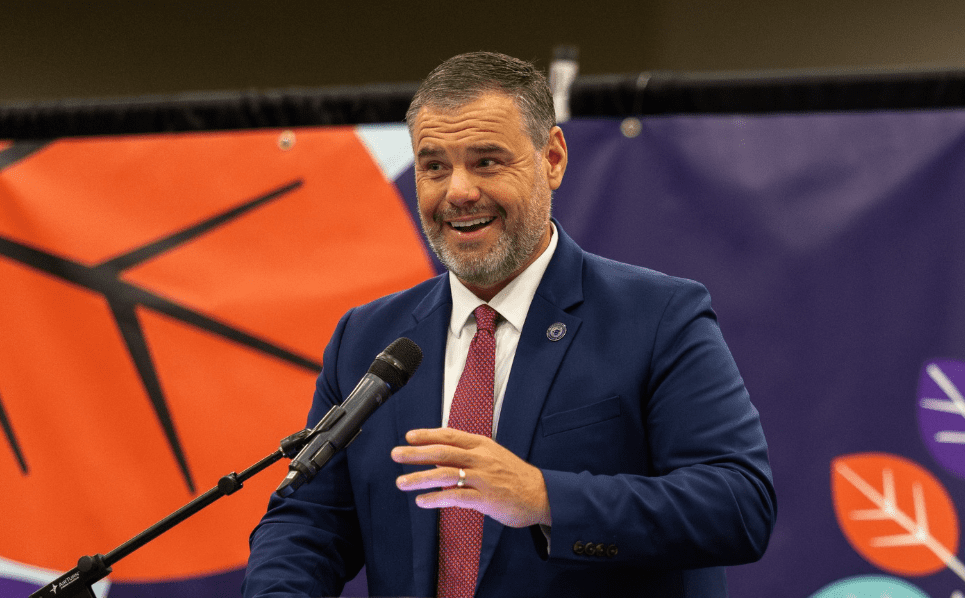
Charles Lipson
Submitted by Charles Lipson
“A major Russian invasion would impose huge costs, not only on the combatants and the political regimes in Russia and Ukraine, but on the whole world.”
Russia will pay an enormous price if it invades Ukraine, whether it goes for the whole country or only the eastern region around Donbas. Vladimir Putin has already assembled well over 100,000 troops near Ukraine’s borders, has moved in tanks, heavy artillery and aircraft, and brought in the medics and blood supplies needed to deal with casualties. Western governments have evacuated all but essential diplomatic personnel and told their citizens to get out now.
Still, no one knows what Putin has decided, or even if he has decided. Visits to Moscow by senior Western politicians have yielded little information and no diplomatic solution. The message seems to be “Putin is not looking for an off-ramp or a compromise,” at least not yet.
Instead of trying to guess what Putin will do, let’s focus on the costs and benefits he faces if he does invade.
Brutal economic sanctions on Russia
Whatever Putin may have thought when he began his military build-up, he must now recognize that he faces devastating Western economic sanctions if he invades. He is partially prepared for them, but only partially. Russia has built up substantial foreign exchange reserves and has fewer trade and investment ties with the West since the 2014 Crimean invasion.
A new set of Western sanctions on energy and international banking transactions would effectively cut off Russia from Western markets and new investment. That would be bad news for the whole country and especially for the oligarchs around Putin. Of course, it would be bad news for some Western trading partners, too, especially in Germany.
Much higher energy prices
Those would obviously hurt the entire global economy, including China (as a major energy importer), and help Russia as a producing country. But higher prices would hardly offset Russia’s loss of global energy markets. Putin would be forced to sell almost everything to Beijing, which would (a) negotiate hard on prices and supplies, and (b) make Russia a subordinate partner, politically and economically.
Germany put in a bind, especially on energy supplies, but would have to sanction Russia
Berlin certainly wants to continue the Nord Stream 2 project, if it can. It killed off its nuclear power and deliberately made itself dependent on Russian energy. Now that choice comes back to bite them. Biden has been very clear: he will kill Nord Stream 2 if the Russians invade.
How skittish is Berlin about that prospect? Well, their new Social Democratic leader, Chancellor Olaf Scholz, won’t even say the pipeline’s name in public. Nor will his government join other NATO members in providing Ukraine with the lethal aid it needs to fight (or deter) the Russians. In an embarrassing gesture, Berlin sent them a few thousand military helmets. At least they weren’t the old Prussian Pickelhauben, with the spikes on top.
Whatever Germany thinks, the United States is ready, willing and able to sever Western ties — including Germany’s — to Russia if Putin invades. But while Biden is willing to impose those costs on America’s partners, he has shown no willingness to make hard domestic choices himself. The crucial question is whether Biden will change his own anti-drilling, anti-pipeline, anti-oil-and-gas policies to help Europe and offset America’s own loss of Russian energy imports. So far, he’s shown no sign he’s willing to do that. Since day one of his administration, when he stopped the Keystone XL pipeline, he has followed the agenda of green-energy progressives. Reversing those policies would enrage progressives in his party, but he might pay an even higher political price if energy prices soar and he blathers about solar energy and electric cars.
Putin would be taking a huge political gamble at home, betting his personal rule on this operation’s success
It’s a strange decision, since he already has a firm hold on power and would be risking it without needing to. Of course, success would bring some big political gains, beginning with his restoration of Russia’s status as a great power. He would also be extending the Kremlin’s grip over the “near abroad,” as post-Soviet leaders refer to the states that were once part of the USSR or even Czarist Russia. In fact, he would be restoring part of the Czarist Empire and part of the Warsaw Pact, where “independent” states were really subordinate to Moscow and dependent on its military backing.
Putin’s demonstration of military strength will strengthen NATO, not split it
Western populations and their governments would be outraged by a full-scale invasion, which would kill tens of thousands of innocent Ukrainians and show that Russia had no intention of letting the post-Cold War settlement stand.
If Putin thinks a demonstration of military strength — and his willingness to use lethal force within Europe — can intimidate NATO, he’s miscalculated. The early stages of his military buildup did reveal major differences within the alliance, but those will pale if he actually invades Ukraine. That action would revive the alliance and give it a clear-cut mission: to prevent further Russian aggression, especially against Poland and the Baltic States.
Finland and Sweden might well seek NATO membership, which would raise very serious strategic questions for the alliance itself, since Finland virtually shares St. Petersburg’s zip code. Finland’s membership, in particular, would outrage any Russian government and produce a strong pushback, if NATO even considered it, just as the open door to Ukraine did.
Putin faces a huge domestic risk if his military takes heavy casualties
Some might come during the invasion itself, but a long-term occupation of hostile territory poses even greater danger.
Military analysts don’t think it will take the Russian army long to defeat a much smaller and weaker Ukrainian force. But before Putin stands in front of a “Mission Accomplished” banner, he will surely remember the mortal wounds the Soviet Union suffered in Afghanistan. The population there was well-armed, well-organized and well-posited to inflict a steady stream of casualties on an occupying force. The same is true in Ukraine. If Putin doubted that, he’s had weeks to watch the population training for urban warfare and years to witness the casualties in eastern Ukraine, where Russian and Russian-backed forces are under continuous attack. And he knows that region is far more pro-Russian than the rest of the country.
A puppet regime in Kyiv can’t replace a Russian occupying force
Putin won’t be able to sidestep these risks by implanting a puppet regime and hoping their military can sustain Russia’s suzerainty. It simply can’t do the job. Putin ought to know that from hard experience. The last friendly regime in Kyiv was driven out of the country when Putin forced it to drop plans for stronger economic ties with Western Europe and forge them with Russia instead. The locals knew what that meant economically and politically, and they rose up and drove out the regime.
If history is a guide, then Russia will have to leave occupying troops in place across Ukraine, where local guerrilla forces will draw blood every day. That means body bags coming home to grieving families. It means beleaguered Russians asking, “What was it all for?”
Invading only eastern Ukraine would secure a land bridge to Crimea and limit Russian casualties, but it would incur most of the other costs the West threatens to impose
Putin might figure that the costs of a nationwide invasion wouldn’t be much higher. But that calculation omits the much greater costs of conducting a long-term occupation in hostile terrain.
An invasion would leave Russia with only one major ally and one major market
China would inevitably be the dominant partner in that relationship.
China, with its eyes on Taiwan, will be watching carefully to see how thoroughgoing and painful the sanctions on Russia are.
Just as Russia’s appetite for Ukraine was whetted by Biden’s botched withdrawal from Afghanistan, so China’s will be whetted if Russia doesn’t pay a high price for invasion. There are crucial differences, of course, between China’s military aspirations and Russia’s. An amphibious invasion is much more difficult than an overland one. And China has the troops for a full-scale occupation, if need be. But China has a much greater vulnerability, too. Its economy is far more dependent than Russia’s for trading and investment with the West. If Beijing sees Russia completely cut off from those major markets, it will have to take that economic threat much more seriously.
This will be the first full-scale cyber war
Russia is well equipped to stage it, not only on Ukraine but on Western and Central Europe and the US. No one has any experience with how such a conflict could escalate or the scale of civilian casualties it could impose. Biden, like all his European partners, has said NATO troops would not be involved in Ukraine. But Putin could reach out and launch cyberattacks on major Western targets: everything from banking systems to electrical grids to hospitals. We have some experience coping with those attacks, but none deterring them.
Make no mistake. A major Russian invasion would impose huge costs, not only on the combatants and the political regimes in Russia and Ukraine, but on the whole world. It would, most likely, send us back into another iteration of the Cold War, with Russia allied with China, Iran and North Korea.
The prospect is a chilling one, and Putin’s hand is on the thermostat.
###
Submitted by Charles Lipson. He is the Peter B. Ritzma professor of political science emeritus at the University of Chicago, where he founded the Program on International Politics, Economics and Security.









